Finding key drivers of change for the future
Some change is unpredictable, but there are general processes of change that occur at the global level which we describe as megatrends.
Megatrends are not surprising: they are familiar things, changes that are already happening today and highly likely to continue happening tomorrow. For megatrends it is generally the scale and speed of change, and its effects, that are uncertain.
Some common megatrends as follows
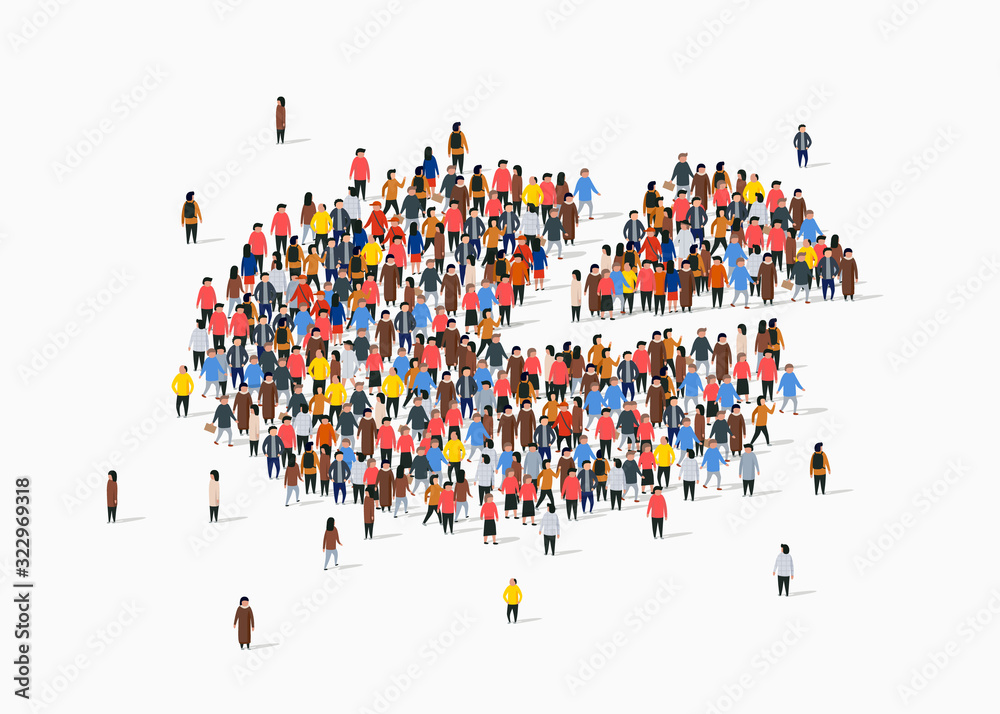
Demographics: there is a growing world population. In addition, populations are ageing. Europe and Northern America have the most aged population with 18 per cent aged 65 or over.
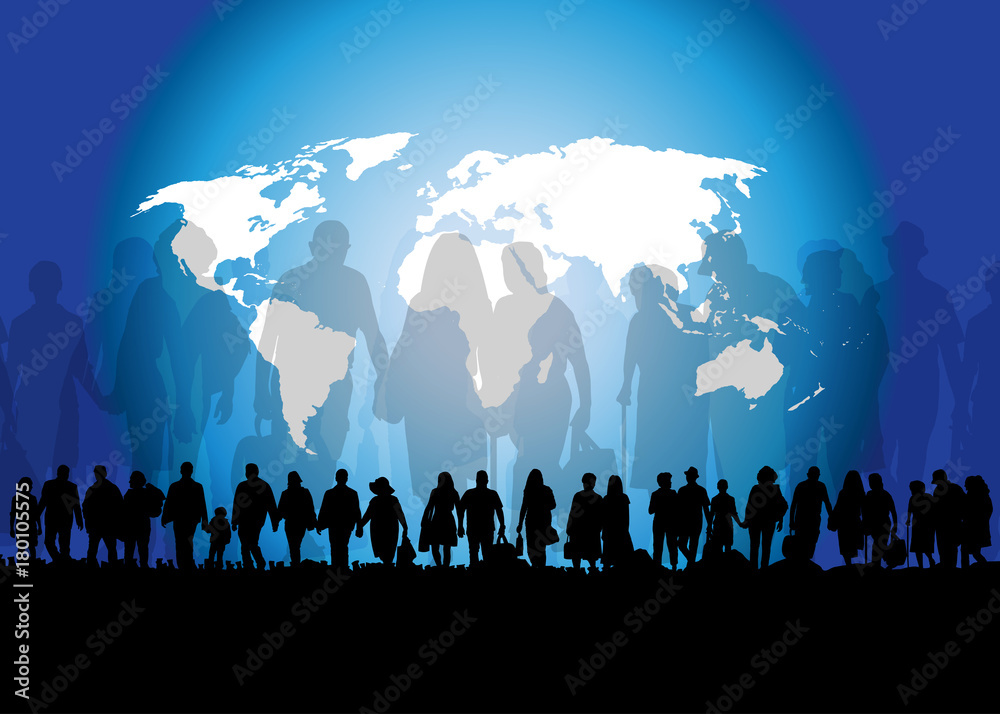
Migration: Conflicts around the globe have resulted in millions of refugees arriving in Europe in the last decade. Increased global warming may increase economic migration and cause ongoing societal tensions.

Urbanization: Urbanization will continue as cities continue to offer economies of scale in supplying infrastructure services to people, creating huge social, economic, and environmental changes/challenges. The United Nations has projected that nearly all global population growth until 2030 will be absorbed by cities.
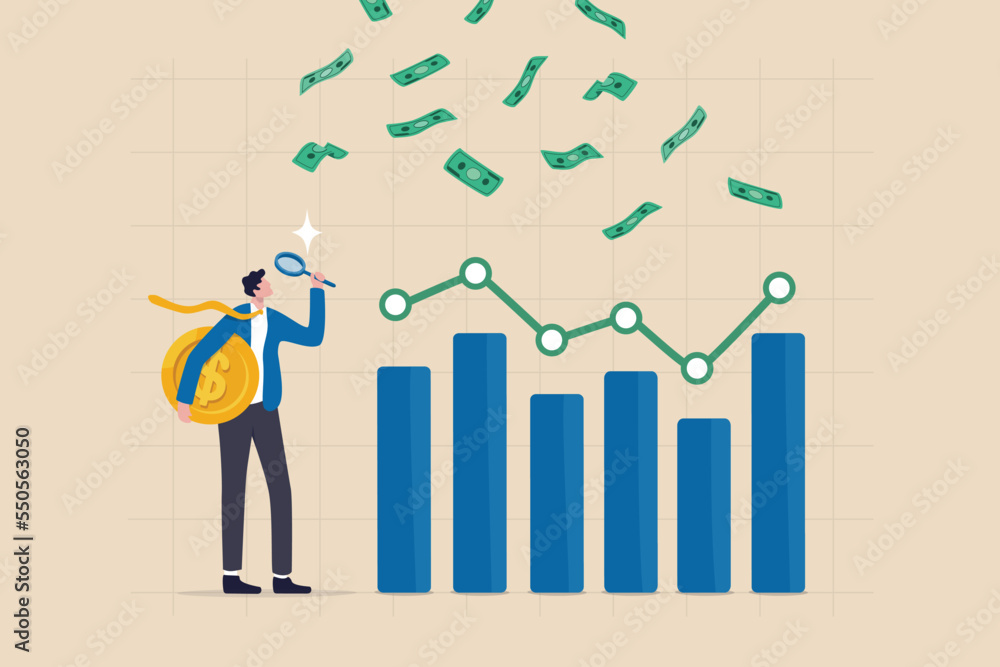
Economic growth and inequality: Income inequality has widened in most OECD member countries during the past two or three decades. The gig economy, part-time working and zero-hour contracts as well as an increase in the grey economy put strains on tax receipts and social community.

Rise in the Individual / Social cohesion: Single households are the fastest growing household profile. Social cohesion is deteriorating due to rising inequality, imbalances in economic opportunity, and worsening economic conditions.
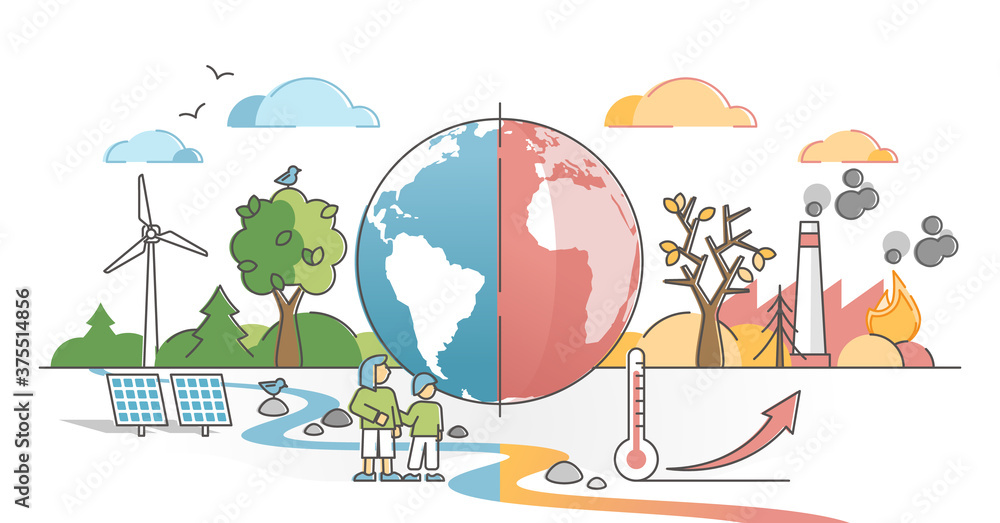
Climate change: According to the UN, the drivers of climate change and environmental degradation are deeply rooted in our societies and economies. Reversing this megatrend will require transformative changes on both the demand and supply sides, including conscious lifestyle changes affecting consumption preferences and behavior, cleaner production processes, greater resource efficiency, and corporate responsibility.
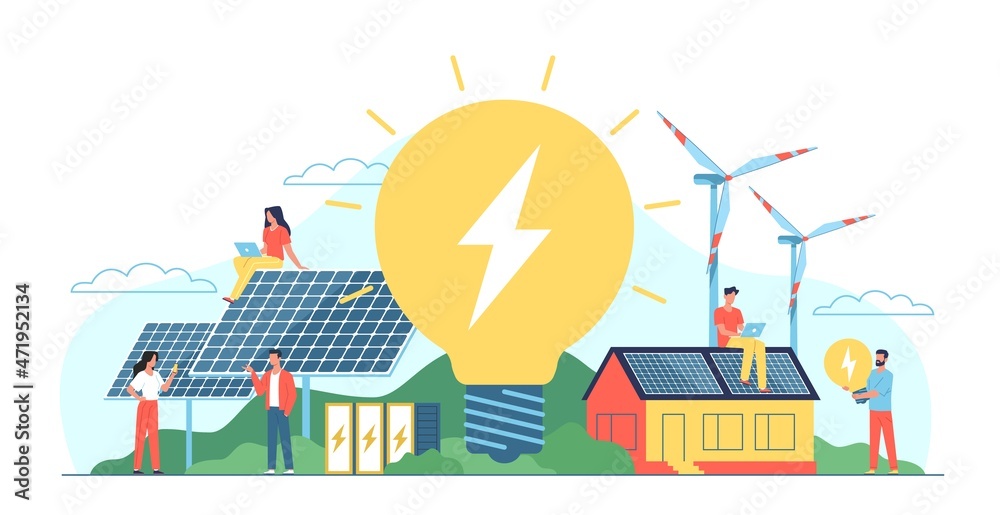
Energy sources: Energy security is increasingly important. Sources of energy are diversifying with more renewables and less fossil fuels. Intermittency of renewables leads to the need for innovative ways of storing energy, and decentralized generation forces changes to the grid.
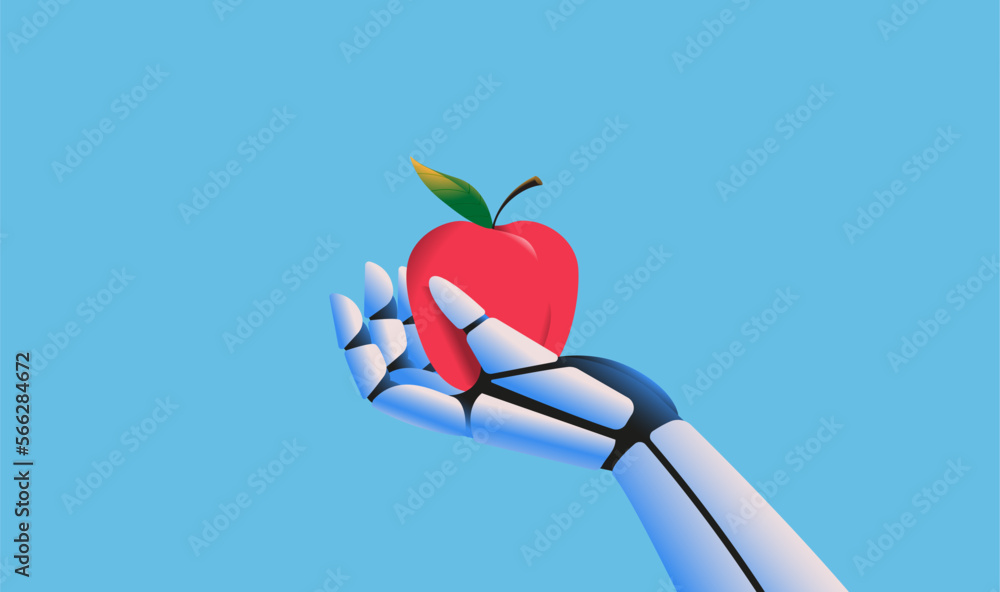
IT and automation: The IT revolution is delivering digital dividends and digital divides. Our world is increasingly interconnected and there are rapid developments in the Internet of Things, robotics, virtual reality and augmented reality. AI will transform knowledge work and is affecting production, service, and professional roles. New jobs may be created too, but disruption to industry is likely.
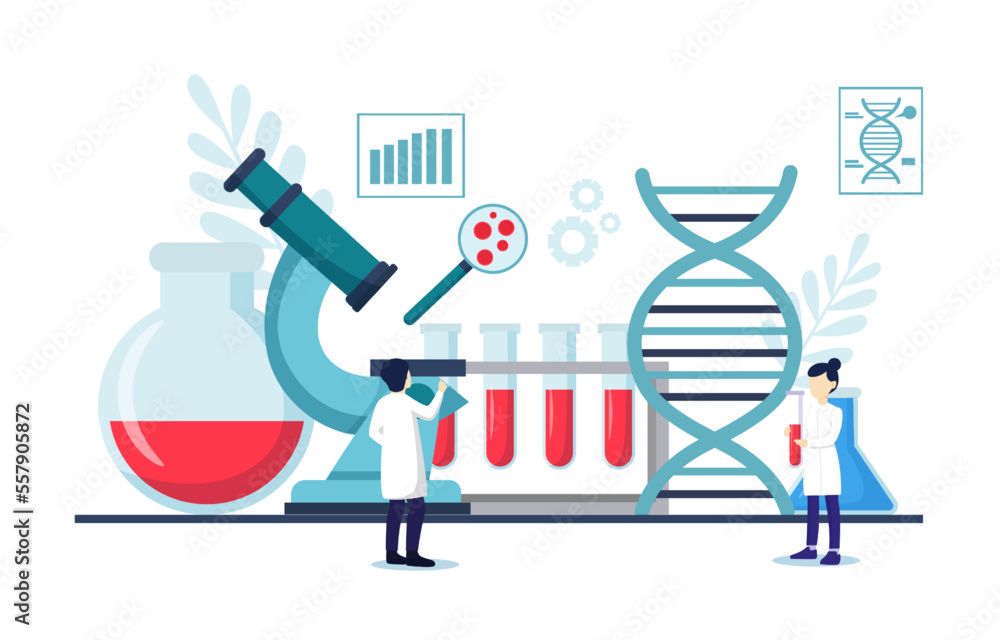
Biotech: Biotechnology is the exploitation of biological processes for industrial and other processes. The emerging bio-age and rapid progress in genome editing (CRISPR) will have an impact on food production, health, medicine, lifestyle, and longevity.
Megatrends provide a useful view of broad future changes that can be narrowed down by focusing on more detailed trends and weak signals. PESTE is a good tool for identifying detailed trends and weak signals.
This section (video duration 4:09 minutes) will demonstrate key drivers of change for the future and help you to understand the megatrends.